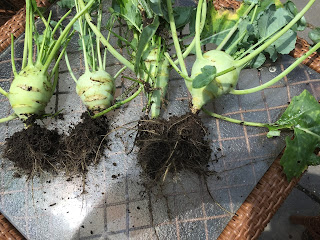and the BUTTERFLY'S, BIRDS, BAT'S and other INSECTS!!!!
In 2006, the U.S. Senate declared a week in JUNE as "National Pollinator week". Now celebrated internationally, it addresses the declining population of these pollinators.
About 85% of the worlds flowing plants, along with 2/3rd of the worlds crops rely on pollinators. In the U.S. alone, there are roughly 100 different plants that need to be pollinated by these pollinators. Without them, a majority of our fruits and vegetables, seed crops, and alfalfa would be greatly diminished or lost. A decline in alfalfa would impact the dairy and beef industry, increasing prices and deceasing supply of milk, cheese, ice cream, meats etc. Almond orchards will produce less then 1/6 of their normal harvest. Imagine a world with out chocolate (apples, strawberries, peaches, figs, blueberries, melons, pumpkins, and tomatoes)!!! How different the supermarkets would look? Not to mention the economic impact!!!
The use and misuse of pesticides, insecticides and weed killers, loss of habitats and natural vegetation, and the desire for a perfect manicured lawn are all contributing factors to pollinator loss.
Please join me in stopping the use of these chemicals, providing gardens and green spaces for native, nectar producing flowers, trees for birds, bats, and bees, and realizing that there is more to a yard then green grass! These pollinators are v
ital to our delicate ecosystem and to our lives.





































